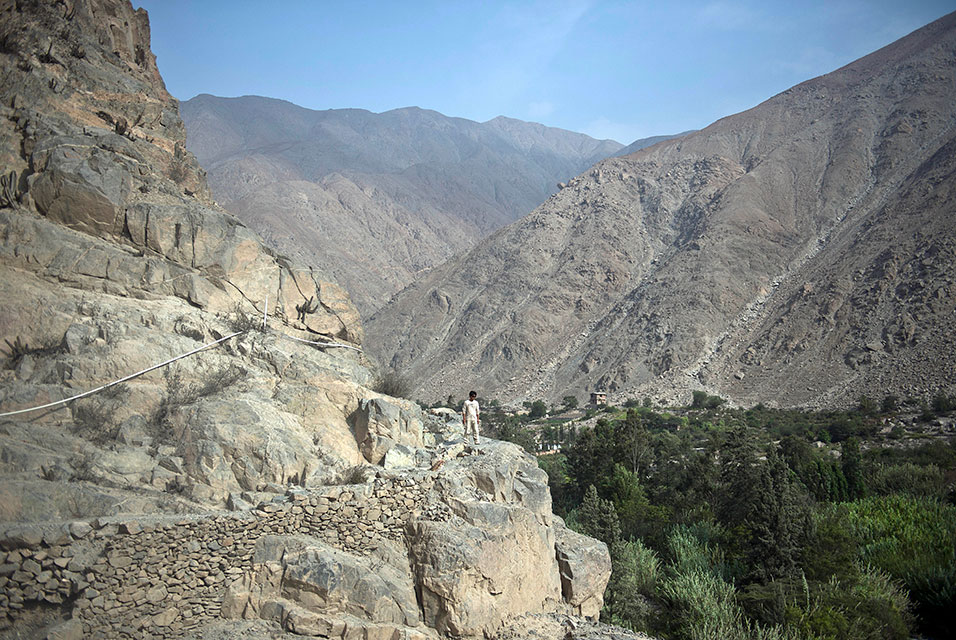Art World
UNESCO Names Ancient Incan Road a World Heritage Site


Sarah Cascone

The United Nations Educational, Scientific and Cultural Organization (UNESCO) has recognized Qhapaq Ñan, an ancient Incan roadway, as a World Heritage site, reports the AFP.
As the New York Times notes, the Qhapaq Ñan, along with 28 other culturally significant areas, joins 981 other sites world wide in sharing the coveted designation. The selections were announced this weekend at the annual World Heritage Committee meeting in Doha, Qatar.
The 18,600-mile network of roads linked the Incan capital of Cuzco to the outskirts of the empire, and was later used by the Spanish conquistadors. Only 273 segments of the entire roadway, or 435 miles, have been designated as part of the site. While some sections are largely untouched, others have been paved over and otherwise modernized, and farmland is always threatening to encroach on the roads.
The Qhapaq Ñan stretches from Colombia to Chile, making its way through Peru, Ecuador, Argentina, and Bolivia along the way. All six South American countries teamed up for the application for protected status, marking the largest number of nations cooperating to preserve a single site among this year’s candidates.
Also making the cut were the 32,000-year-old cave paintings at Pont d’Arc in the Ardèche in France (see artnet News‘s earlier article), Louisiana’s massive Missippippi Valley earthworks at Poverty Point (circa 3,700–3,200 BCE), and a 3,000-mile section of another ancient roadway, China’s Silk Road, used as a trade route between the second century BCE the 16th century CE.
Although the committee had previously rejected a last-minute proposal from Palestine, the area surrounding southern Jerusalem comprising ancient farmed valleys, the site, called the Cultural Landscape of Southern Jerusalem, was ultimately approved.